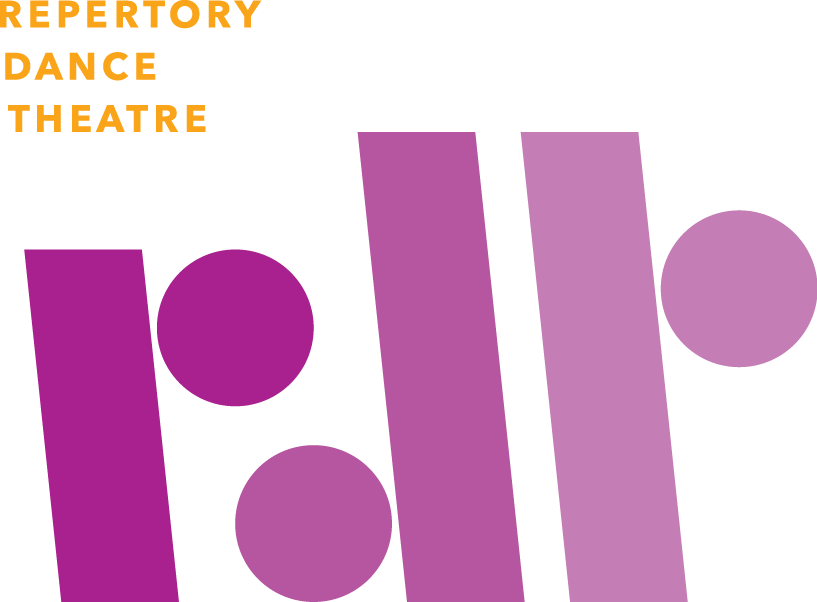This lesson plan uses creative movement to introduce students to different types of clouds and different types of precipitation.
Learning Objectives/Goals
Using verbs, adjectives and adverbs students will define the 4 different types of clouds in movement and create sequences that show how each type differs from one another.
Materials Needed
Large open space, music and/or a drum
Introduction
State Goals and Class expectations, space boundaries.
Warm-Up
Using descriptive words to inspire movement, have the students spread out in the space. Ask them to do the first movement that pops into their head when you say the following words, (stress using different levels, and body parts during their movement):
- feathery (How does a feather feel? What does it look like? Gentle, smooth, soft)
- make a thin shape, use one body part to make a thin shape
- How could you show layers in movement? How could you show layers in a frozen shape?
Investigate
Introduce the types of clouds we are studying today:
- Cirrus – thin, feathery, high (use these words to explore movement) This type of cloud indicates fair weather – if you were outside, what types of activities might you do in fair weather?
- Stratus – low level, layered (use these words to explore movement) This type of cloud normally brings steady rain. How could you be the steady rain? Use movement and sound to explore.
- Cumulous – white, fluffy with flat bases (make big fluffy shapes with your body) Can you make group shapes that are big and fluffy?
- Cumulonimbus – these bring thunderstorms – heavy rain, snow, hail, sleet, lightning and even tornadoes. Pick one of these to show in movement. When you hear the word “change”, change to a new precipitation.
- Fog – a cloud on the ground. How would you move if you were in fog? It is really hard to see, would you move carefully? Cautiously?
Create
Look outside and see what types of clouds are in our sky today? Can you show me in movement? Have students create a pattern of clouds. Select 2 or 3 to put in a pattern and have them create a cloud sequence.
Reflect
Show to the group and have the audience try and guess what clouds are being shown.
Extension to the Lesson
Use this movement to travel through the space in different pathways, straight, curved or zig-zag.
Follow Up Resources
Dance To Learn Video Lessons

